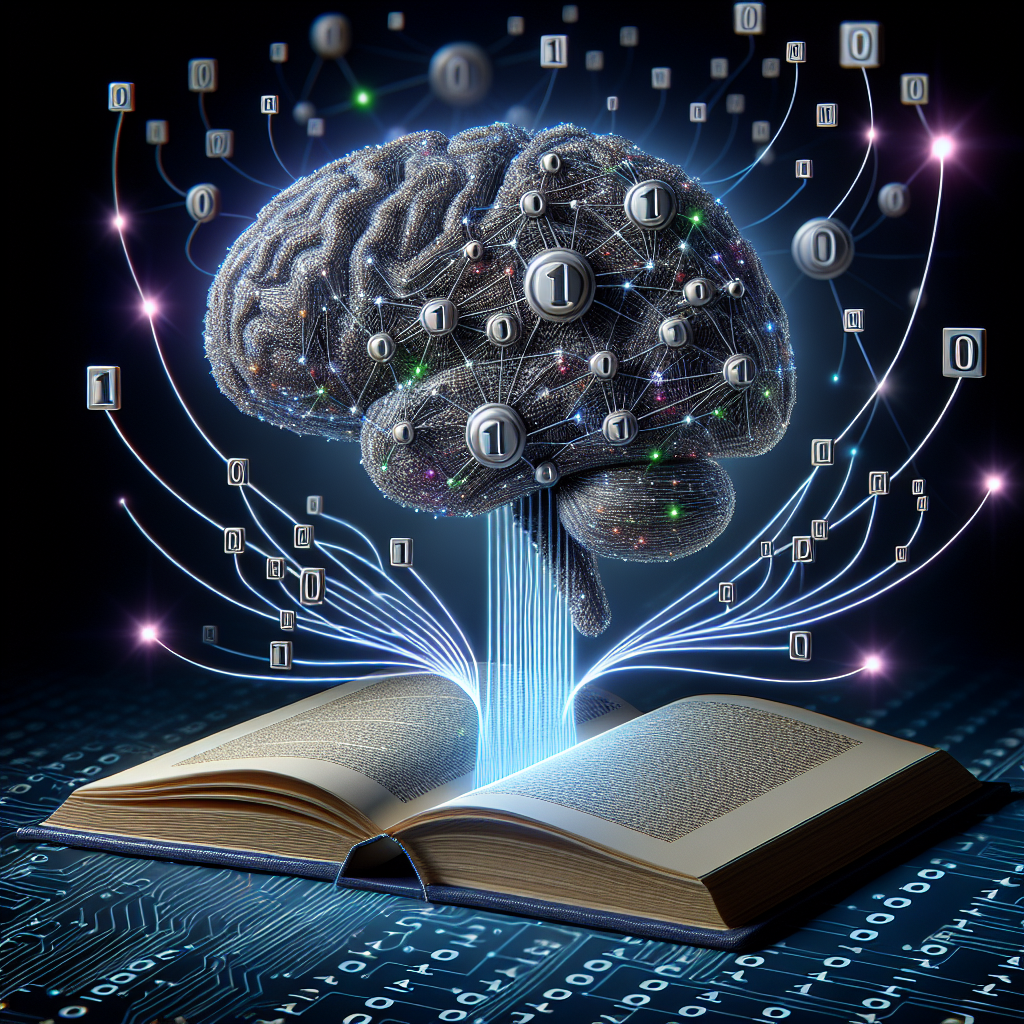Natural Language Processing (NLP) is a rapidly growing field that focuses on the interaction between computers and human language. One area where NLP techniques are proving to be particularly effective is in language generation, specifically in the context of Generative Adversarial Networks (GANs). GANs are a type of neural network that consists of two components: a generator and a discriminator. The generator creates new data samples, while the discriminator evaluates whether these samples are real or fake.
In the field of language generation, GANs can be used to create realistic and coherent text that mimics human language. However, training GANs for language generation can be challenging as it requires a large amount of data and computational resources. This is where NLP techniques can play a crucial role in improving GAN performance.
One way in which NLP techniques can enhance GAN performance in language generation is through the use of pre-trained language models. Pre-trained language models, such as OpenAI’s GPT-3, have been trained on vast amounts of text data and have learned to generate human-like text. By fine-tuning these pre-trained models on specific language generation tasks, researchers can improve the performance of GANs in generating realistic text.
Another NLP technique that can be used to enhance GAN performance is data augmentation. Data augmentation involves creating new training examples by applying various transformations to existing data samples. By augmenting the training data for GANs, researchers can increase the diversity of the data and improve the quality of the generated text.
Additionally, NLP techniques such as attention mechanisms and transformer architectures can be used to enhance the ability of GANs to capture long-range dependencies in text. Attention mechanisms allow GANs to focus on relevant parts of the input text when generating output, while transformer architectures enable GANs to model complex language patterns more effectively.
In conclusion, NLP techniques have the potential to significantly improve GAN performance in language generation. By leveraging pre-trained language models, data augmentation, attention mechanisms, and transformer architectures, researchers can enhance the quality and coherence of text generated by GANs. As NLP continues to advance, we can expect further innovations in the field of language generation, ultimately leading to more realistic and human-like text generation capabilities.
#Utilizing #NLP #Techniques #Improve #Gan #Performance #Language #Generation,gan)
to natural language processing (nlp) pdf

Leave a Reply
You must be logged in to post a comment.